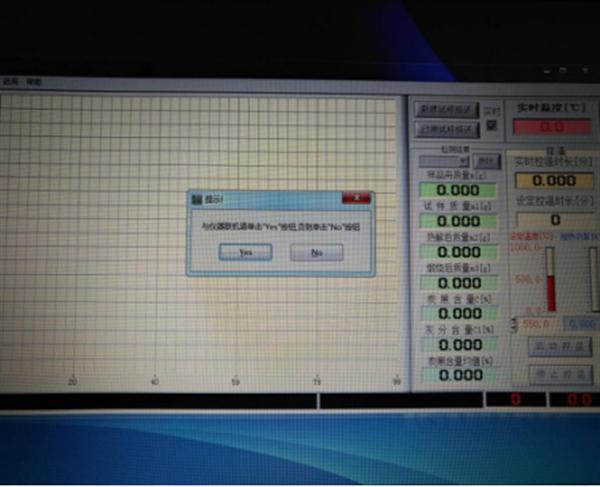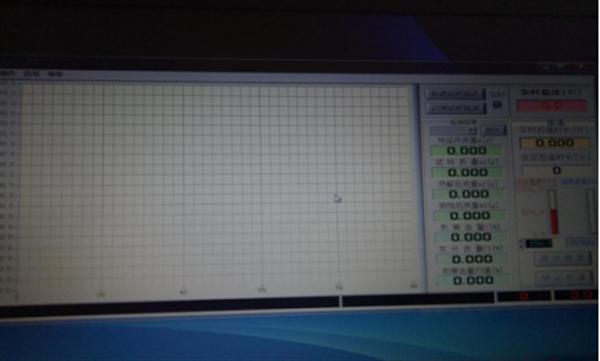The carbon black content analyzer is designed based on the "Industrial Standards of the People's Republic of China" — specifically, **JTGE-50**, and follows the **"Carbon Black Content Test (Heat Loss)"** procedure outlined in the **"Testing Procedures for Geosynthetics."** This instrument is ideal for determining the carbon black content in polyethylene, polypropylene, and polybutylene plastics. The testing method involves high-temperature decomposition under nitrogen protection, followed by weight analysis of the sample. It offers a user-friendly interface, simple operation, reliable performance, accurate measurement, and automatic temperature control.
**Application Scope:**
This carbon black content test device is suitable for **GB/T 2951.41** standards, which specify the determination of carbon black and mineral fillers in polyethylene using the direct combustion method. It is particularly useful when low-temperature winding tests are required for polyethylene or PVC cables, and it aligns with the **IEC 60811-4-1** standard.
**Technical Specifications:**
1. Effective length and diameter of the tubular heating furnace: **400 mm × 40 mm**
2. Quartz tube inner diameter and length: **30 mm × 500 mm**
3. Nitrogen (air) flow rate: **0–3 L/min adjustable**
4. Oxygen (air) flow rate: **0–3 L/min adjustable**
5. Heating furnace operating temperature: **0–1000°C (at standard heating rate)**
6. Power supply: **220V, 3KW**
7. Test standards: **GB 13021-1991, GB/T 2951.41-2008**
**Test Procedure:**
1. Heat the combustion boat to a high temperature, cool it in a desiccator for at least 30 minutes, and weigh it accurately to **0.0001 g**. Place a **(1.0 ± 0.1) g** polyethylene sample into the boat, reweigh it, and calculate the sample weight (**A**) by subtracting the boat’s weight.
2. Insert the sample-containing boat into the center of the quartz tube. Seal one end with a vented glass tube and adjust the atmosphere to ensure oxygen levels are below **0.5%**. Pass nitrogen through the quartz tube at the desired flow rate during the heating process.
3. After the test, move the boat to the instrument’s mouth without removing it immediately. Cool it slightly in nitrogen, then place it in the desiccator for **20–30 minutes** and reweigh it. Subtract the boat’s weight to determine the residue weight (**B**).
4. Transfer the boat to the glass combustion tube. Switch from nitrogen to oxygen at an appropriate flow rate to fully burn the remaining carbon black. Cool and reweigh the boat to find the final residue weight (**C**).
**Calculation Methods:**
- **Carbon Black Content = (B × C) / A × 100%**
- **Mineral Filler Content = C / A × 100%**
- **Filler Content = B / A × 100%**
Where:
- **A** = Sample weight
- **B** = Residue weight after pyrolysis
- **C** = Residue weight after combustion

**Operation Steps:**
1. Turn on the computer and connect it to the instrument. Click **“Yesâ€** to go online and access the interface.
2. Set the temperature according to the required specifications. Once the temperature is reached, the system will notify you. Remove the combustion boat, weigh it, and the test is complete.

This device ensures precise and consistent results, making it an essential tool for quality control in polymer material testing. Whether you're working in a lab or a production facility, this analyzer delivers accurate data quickly and efficiently.
Connector 2.00Mm Pitch,Ph Connector Accessories,Ph Connectors Accessories,Strip Wire Connectors
YUEQING WEIMAI ELECTRONICS CO.,LTD , https://www.wmconnector.com